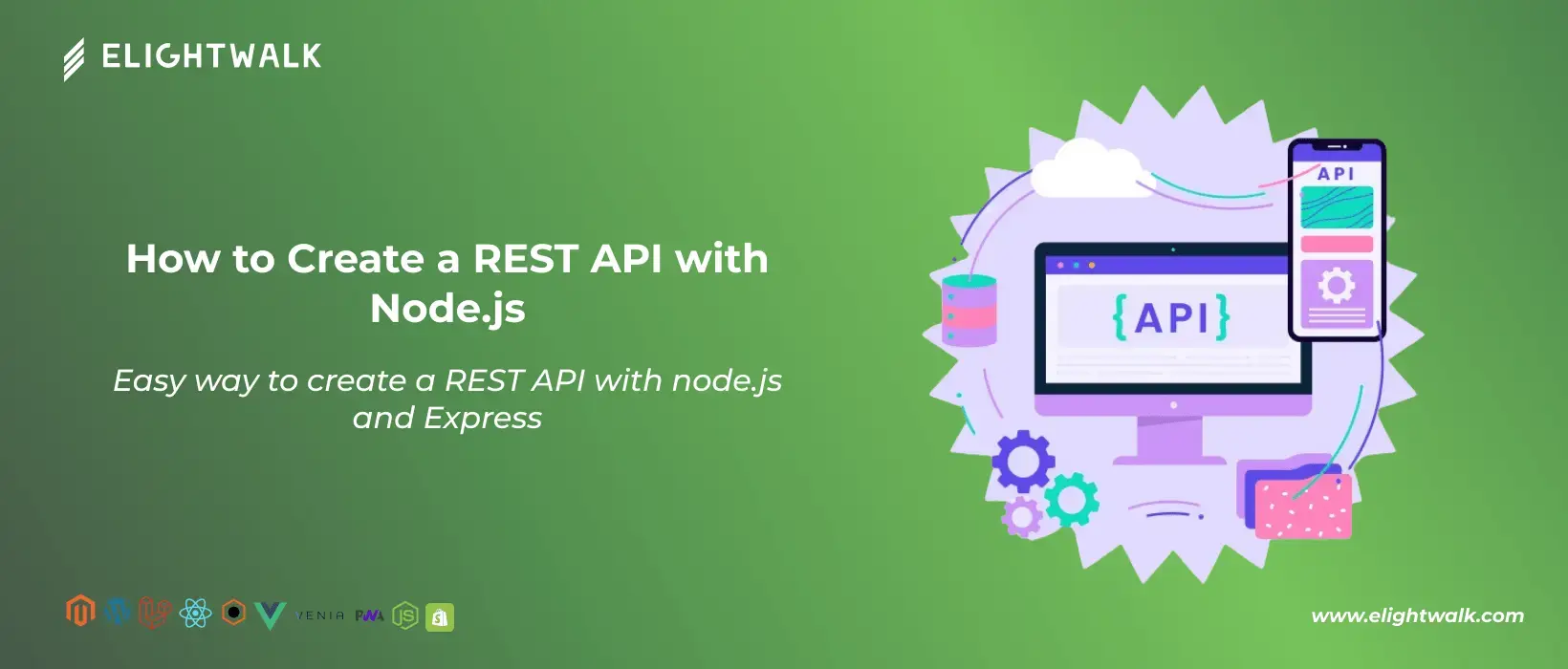APIs may be found nearly anywhere. They enable software to connect with other software, both within and outside a system, making software more scalable and reusable.
Many internet services now provide APIs that anybody can access. These APIs make it simple for other developers to integrate features like social media logins, credit card payments, and behavior tracking into their apps. The most commonly used standard for these APIs is representational state transfer (REST).
Why did you choose to build a Node.js REST API? Although numerous options exist, like ASP.NET Core, Laravel (PHP), and Bottle (Python), JavaScript is still the most popular language among professional developers.
So, in this essay, we'll focus on creating a simple but secure REST API using:
- Node.js: If you're reading this site, you're presumably already familiar with the topic.
- Express.js: This library simplifies creating web servers and is frequently used with Node.JS.
- Mongoose: This allows us to link our API to a MongoDB database.
If you're following this tutorial, you should be familiar with the terminal (or command prompt).



